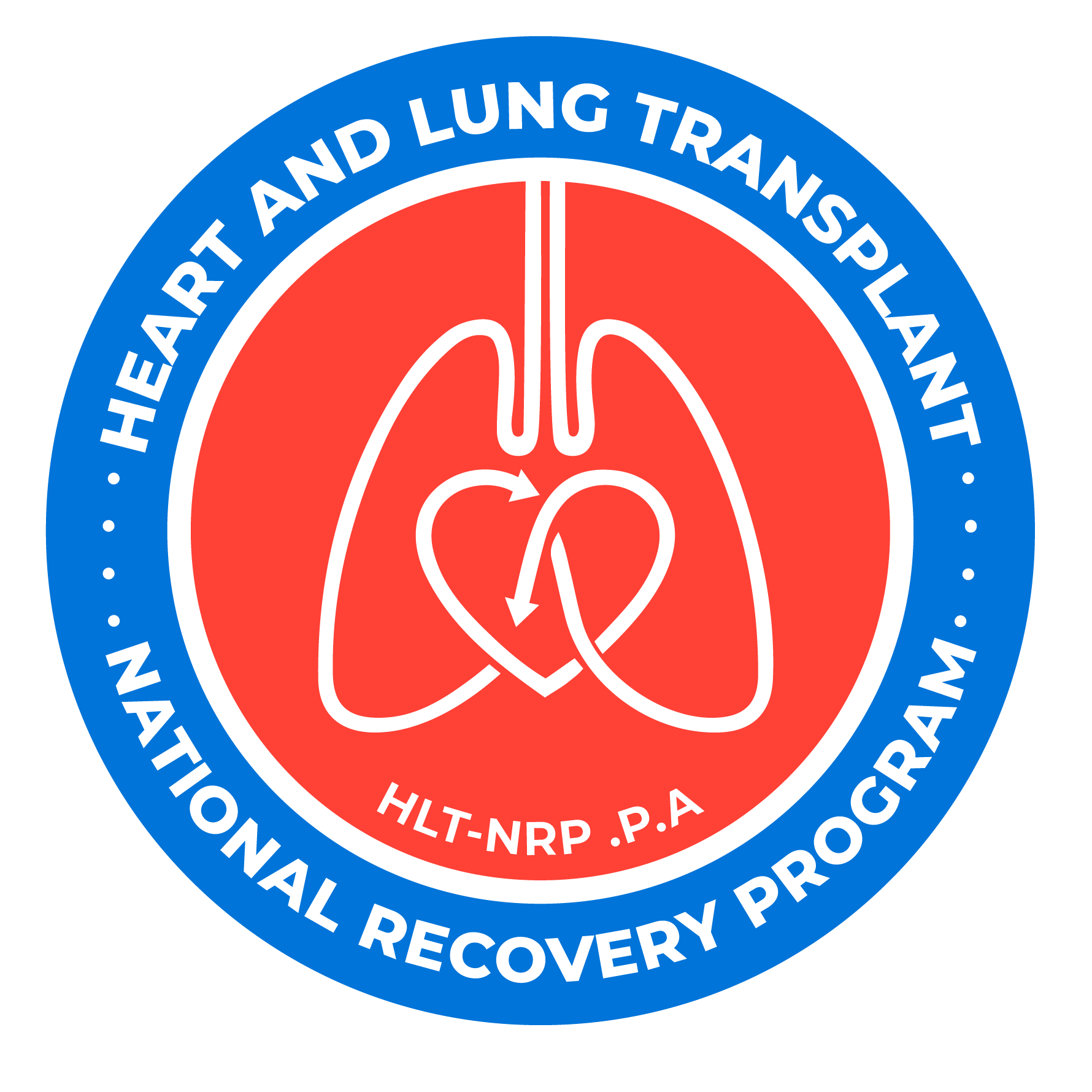Heart and Lung Transplant National Recovery Program
LOCATION ADDRESS :
14286 Beach Blvd STE 19, Jacksonville Beach, FL 32250
Lung Transplant services
Donor net primary survey calls.
primary survey for Donor Net's call for lungs is an important responsibility. By providing accurate and detailed information about potential organ donors, you play a critical role in the process of matching donors with those in need of life-saving transplants. Your attention to detail and commitment to thoroughness can make all the difference in ensuring successful selection.
During the process of listing a patient with advanced lung disease for lung transplantation, the patient's indication for transplantation, disease-based preference for bilateral or single lung transplantation (BLT, SLT), comorbidities, surgical risk, blood type, and existence of donor specific antibodies are all reviewed
We can take calls 24/7 to cover this step of transplantation
We have a nationwide net of respiratory failure pulmonologists can do the primary survey,
Competitive call rate
Lung’s recovery from donors after brain death DBD.
The surgical team must follow a precise protocol to handle the lung with care and avoid any injuries. The harvesting process involves careful dissection of the lung, including the bronchus, pulmonary vessels, and the trachea. It is crucial to maintain the structural integrity of the lung while also ensuring that it remains viable during transportation. Preservation transportation is also a critical component in lung harvesting for transportation. The lung must be kept in an optimal state while in transit to the recipient. Different preservation techniques are used to ensure that the lung remains healthy for transplant. One such technique is cold storage, which involves placing the lung in a solution that reduces the metabolic rate of the lung cells, thereby reducing the overall metabolic demand and facilitating transportation. Other techniques include machine perfusion and normothermic preservation, which are newer preservation methods that aim to replicate the physiological environment of the lung more closely.

We provide the surgeon to perform the operation
We provide an assistant
We provide a preservationist
We can provide the hall team as a package
We make sure to follow each institution preference in the recovery process
Lung’s recovery from donors after Circulatory death DCD
The success of this procedure depends primarily on the speed, surgical technique, preservation, and evaluation of the harvested lungs.Surgical technique is another critical aspect, as careful dissection and extraction of the lungs reduce the risk of damage to the organs. Preservation of the harvested lungs is also vital, as proper preservation techniques prevent the organs from deteriorating before they can be transplanted. Evaluation of the harvested lungs is also crucial since transplant teams need to ensure that the organs meet specific criteria for transplantation.
We have an efficient team to perform DCD Lungs
We are trained to use organ care system OCS
We can help local surgeons to perform DCD hearts
Lung recovery for EVLP
Harvesting marginal lungs and sending them to Ex Vivo Lung Perfusion (EVLP) is a crucial step increase the donor pool . Marginal lungs refer to lungs that may have some degree of damage or imperfection but can still be useful for transplantation. They are usually collected from donors who are at risk for lung disease or have a history of smoking.
Ex Vivo Lung Perfusion (EVLP) is a technology used to evaluate, rehabilitate and transport marginal lungs for transplantation. The process involves placing the lungs in a special machine where they are perfused with oxygen and a solution of essential nutrients and medications. During this process, the lungs are evaluated for their function and suitability for transplantation.
After the lungs have been evaluated and rehabilitated through EVLP, they are transported to the transplant center where they are matched with suitable recipients. The process of harvesting, evaluating, and transporting marginal lungs for EVLP requires specialized equipment, highly trained personnel, and strict adherence to safety protocols.

